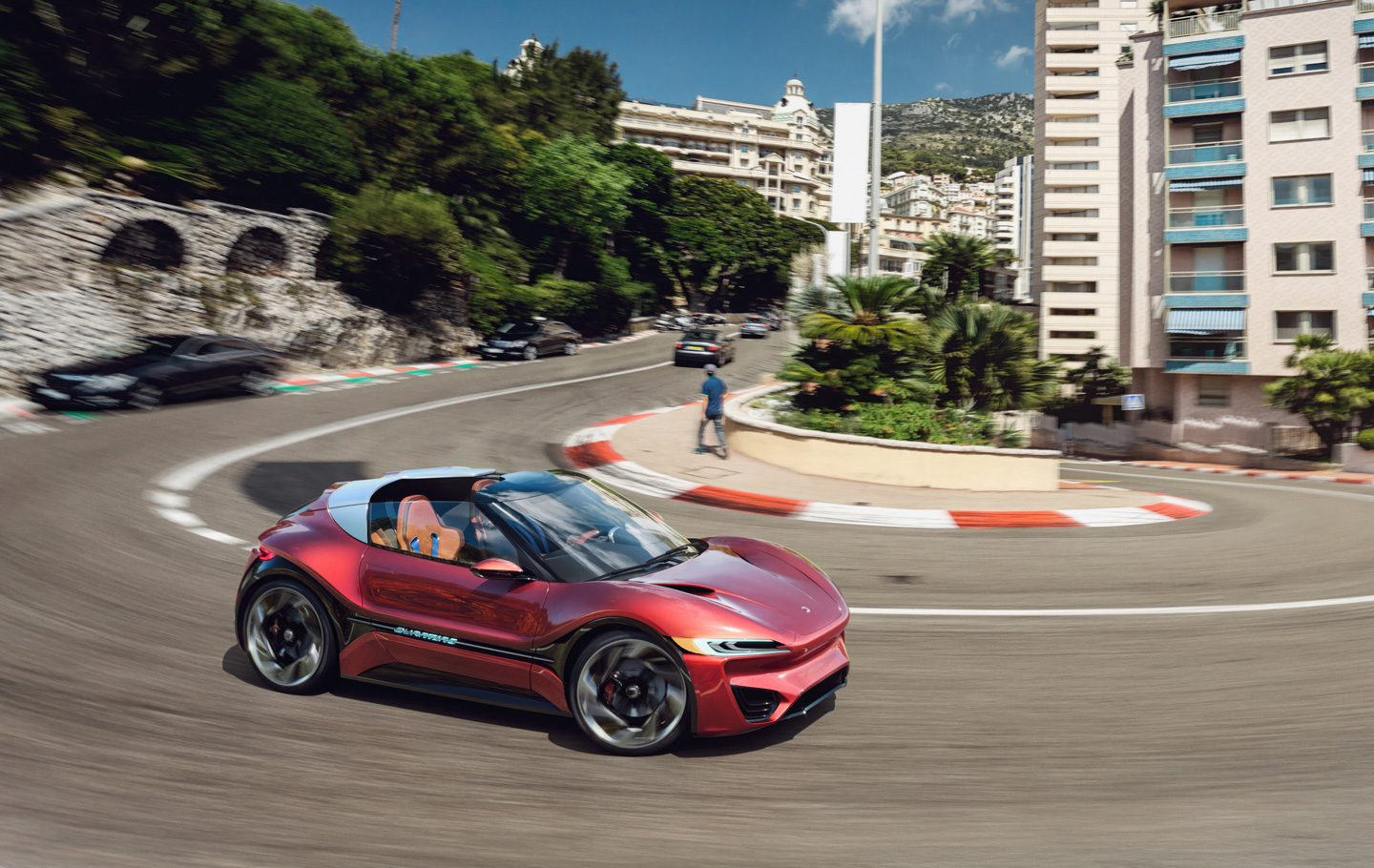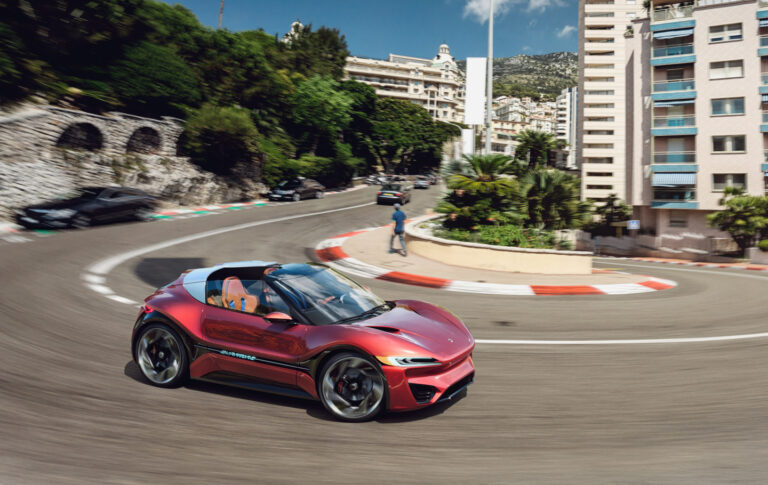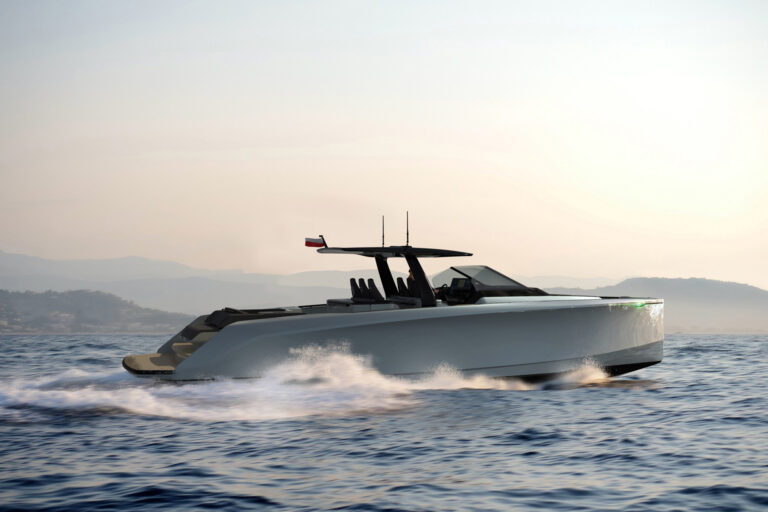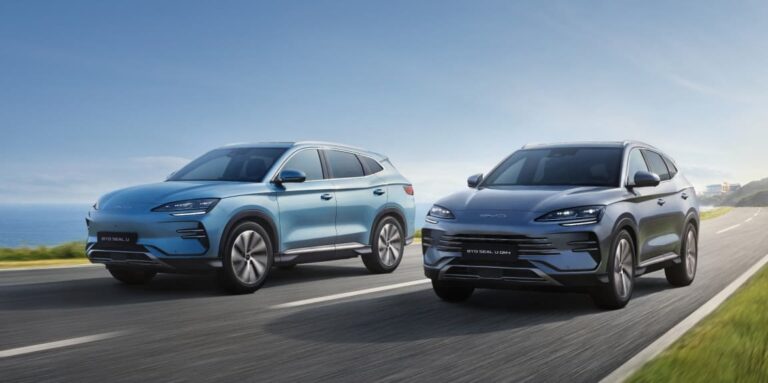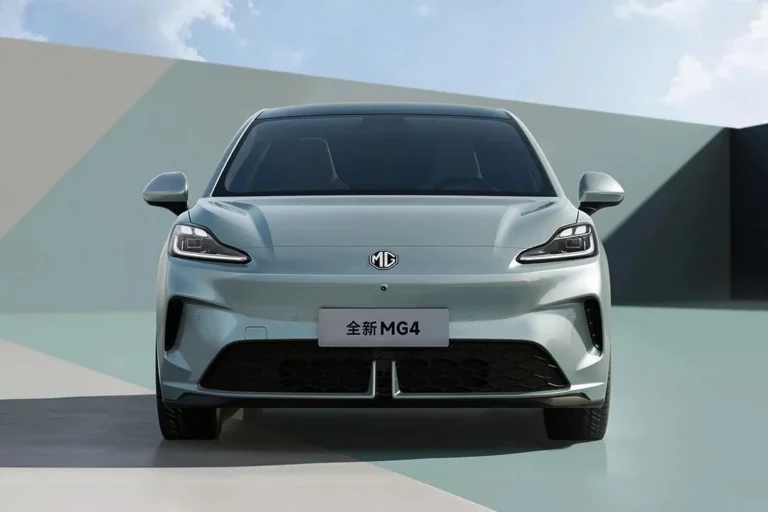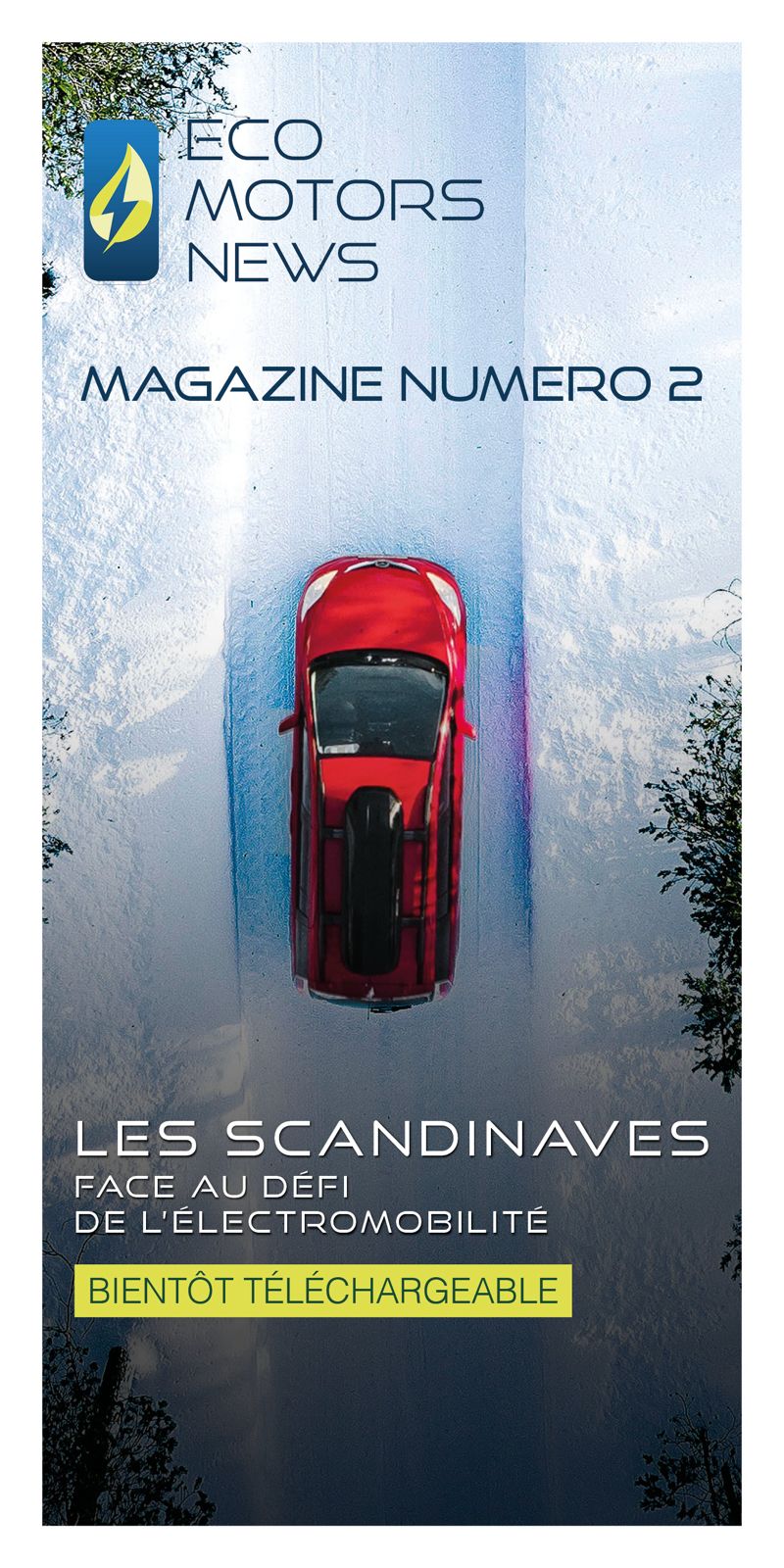At a time when the electric mobility revolution is gathering pace in Europe, the micro-States of Andorra, Liechtenstein, Monaco, San Marino and the Vatican have their own unique dynamics. Although their populations are small, these states face specific challenges in terms of electromobility. These include infrastructure, incentives, fleet changeover and geographical constraints.
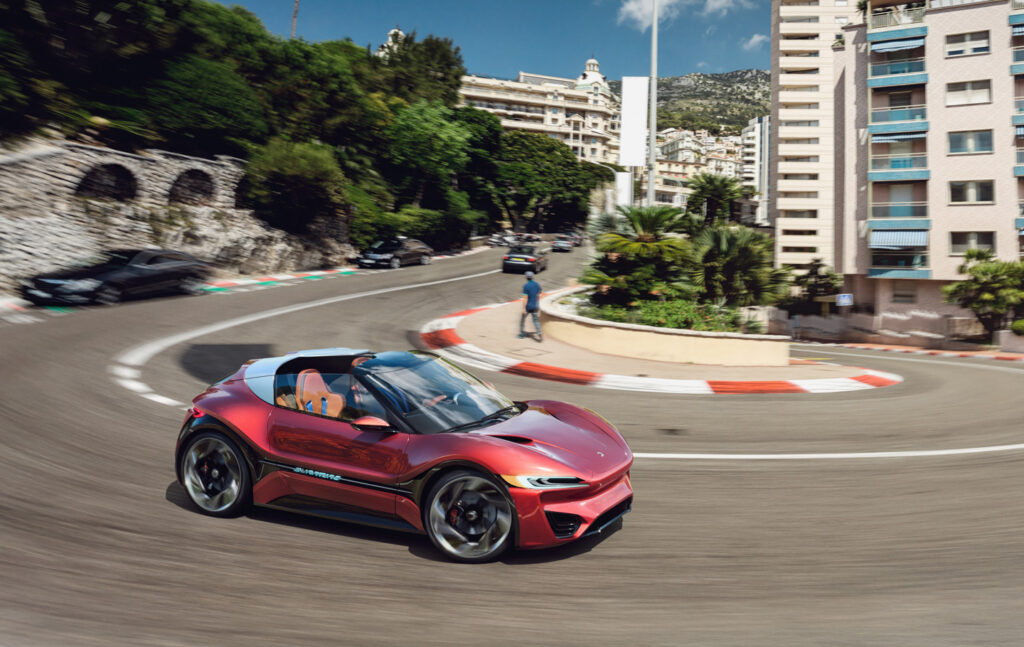
A broader European dynamic
In Europe, the car market grew by 10% in September 2025, with 888,672 registrations. Electric vehicles accounted for 18.9% of sales over the month, or 167,586 units. Over nine months, their share reached 16.1%, up 24.1% on 2024. However, according toACEA, this pace is still insufficient for the energy transition. However, this indicator masks major disparities between countries and, above all, between the « size » of individual countries.
Micro-States often escape clear visibility in European statistics. Nevertheless, public recharging infrastructure has seen a significant acceleration since the roll-out of the AFIR regulation, which has been in force since April 2024. In May 2025, there were almost 970,000 public charging points in the European Union, an increase of almost 40% in one year. However, 40% of these charging points are still concentrated in the Netherlands, Germany and France, accentuating regional imbalances. The European objective remains ambitious: to have fast charging points of at least 400 kW every 60 km on major roads by 2026. As a result, even the smaller countries now have to make up for their structural shortcomings. They will have to be integrated into this continent-wide harmonised network.
Monaco: the urban pioneer
The case of the Principality of Monaco is particularly well documented. The « Monaco ON » network, launched in 2020, aims to deploy free and accessible charging stations throughout the Principality. By the end of 2023, « clean » vehicles (electric or hybrid) already accounted for almost 16% of the total fleet. Around 7.6% of vehicles were 100% electric.
By 2024, the figures show a total ‘green’ figure of 40.3% for the period. There are many incentives: purchase subsidies (up to 30% of the price, capped), free public recharging, free street parking for EVs, and free annual vignettes.
Despite this, Monaco still faces a number of challenges. These include the high cost of electric vehicles in a very high-end fleet. There is also the dependence on imported electricity and the need to optimise the use of charging points. However, the Monaco model proves that even a micro-State can make rapid progress when it combines incentives, infrastructure and a coherent policy.

Andorra: a discreet but tangible rise
In the Principality of Andorra, although precise data on the overall electric vehicle fleet is limited, several indicators point to real progress. At the end of 2024, Andorra had 87 public charging stations, covering an area of 468 km². The number of megawatt-hours consumed at public charging stations rose from 128 to 464 MWh between 2020 and 2024, an increase of 262% in four years. In addition, some public tariffs encouraged EVs via the first two hours free of charge in transit zones. However, there is little data on the market share of EVs in registrations or in the vehicle fleet. The twofold objective for Andorra is therefore to strengthen statistics, but also to stimulate uptake by providing new incentives and extending the infrastructure.
Liechtenstein: modest but on the move
Liechtenstein, a small Alpine state, also has a modest take-up rate. At the end of June 2023, 100% electric cars accounted for around 4% of the total vehicle fleet. In terms of new vehicle registrations, in March 2025, 23 out of 134 cars registered were fully electric. Incentives are limited: no national subsidy for EVs in 2025, but exemption from the annual EV tax and some municipalities offering free parking. There are currently around 56 public charging points across the country. The main challenge is to raise the profile of EVs and develop the supply of fast infrastructure to encourage potential buyers.
San Marino and the Vatican: data too limited
For the other two micro-States – the Republic of San Marino and the Vatican City State – public data on electric vehicles remains limited or partial. This scarcity can be explained by their very small size, the low number of registrations and the absence of any obligation to publish detailed statistics.
In San Marino, however, the E-Way project illustrates a clear political will to promote more sustainable mobility. The territory has 22 charging stations for electric cars, each equipped with two 11 kW and 22 kW sockets, as well as six dedicated stations for electric bicycles. These facilities, supplied by ABB, allow full recharging in less than an hour and are compatible with most models on the market, while meeting the strictest safety standards. Although still modest, this infrastructure marks an important step towards the adoption of low environmental impact mobility in the Republic.

For its part, the Vatican recently took a symbolic step in its transition to environmentally-friendly transport. In collaboration with Exelentia, the Vatican’s Governorate has launched a new fleet of electric vehicles for internal services and for use in the Papal Villas at Castel Gandolfo. These vehicles, which range from vans to shuttle buses for visitors, are now being used by the Gendarmerie, the Fire Brigade and maintenance teams. This initiative illustrates the Holy See’s growing commitment to reducing its carbon footprint and promoting zero-emission mobility in its symbolic spaces. In 2020, the Vatican announced a major plan to replace its vehicles.
Despite these advances, the uptake of electric vehicles in both San Marino and the Vatican is still limited, due to the lack of a significant civilian fleet and consolidated data that would make it possible to accurately measure their spread.
What are the challenges facing these micro-States?
On the one hand, the small size of these territories is a potential advantage: a standard, a network or a policy can be implemented more quickly than on a national scale. On the other hand, the obstacles are specific: dependence on imported energy or infrastructure, very small purchasing markets that limit economies of scale, and parking or housing issues (particularly for residents without garages). The development of fast or ultra-fast charging stations has yet to be fully documented in these countries. Furthermore, if it is projected that Europe as a whole will need to install up to 3.5 million charging points by 2030 to support electromobility, the micro-States are not exempt from the effort. Finally, statistical monitoring remains a gap that needs to be filled as a matter of urgency in order to accurately track changes in market share, particularly for San Marino and the Vatican City.
Under-exploited but growing potential
In short, Europe’s micro-States show a variety of trajectories. Monaco appears to be one of the most advanced models in this category. Andorra is making good progress with its infrastructure, while Liechtenstein is making progress, but remains at a modest stage of adoption. San Marino and the Vatican remain on the sidelines for lack of data.
The challenges are now clear for all concerned. Incentives need to be increased and the network of charging points strengthened. It is also essential to simplify the adoption of electric vehicles and improve the monitoring of indicators. In a rapidly accelerating European context, these small countries have a real opportunity. But they also have a responsibility not to be left behind.

